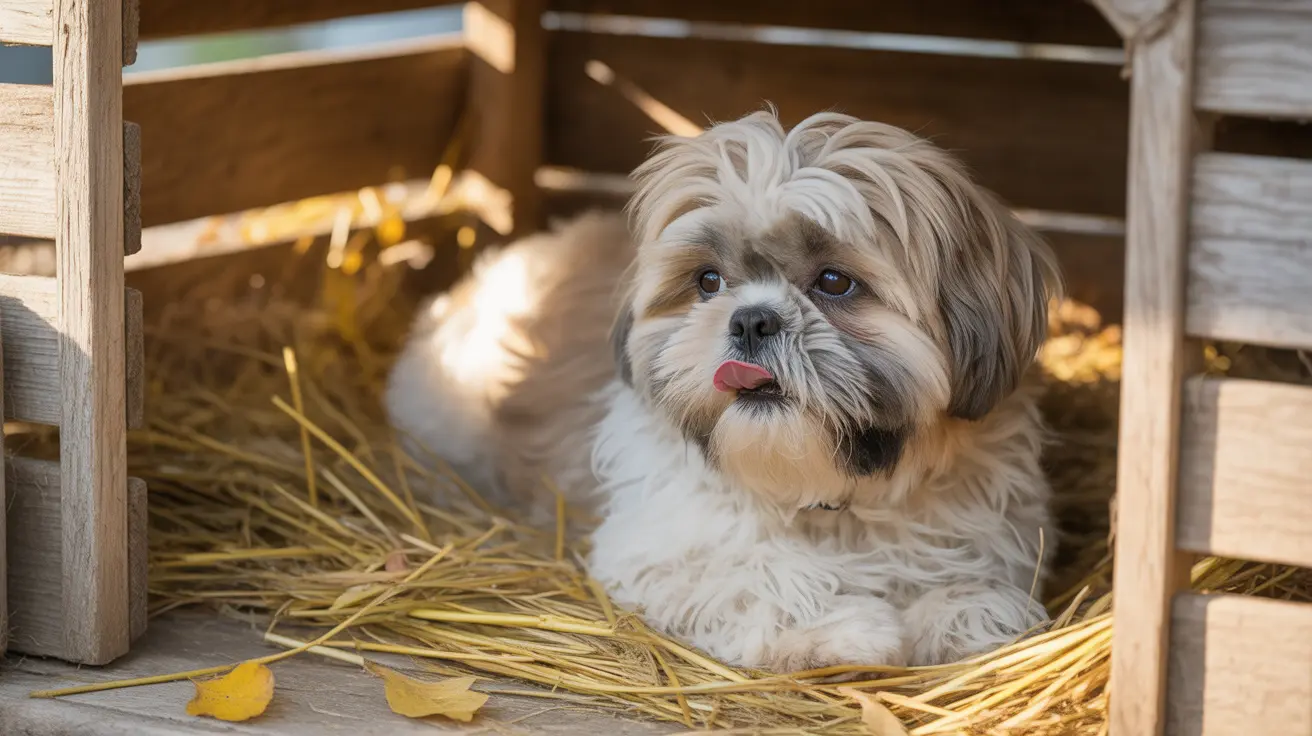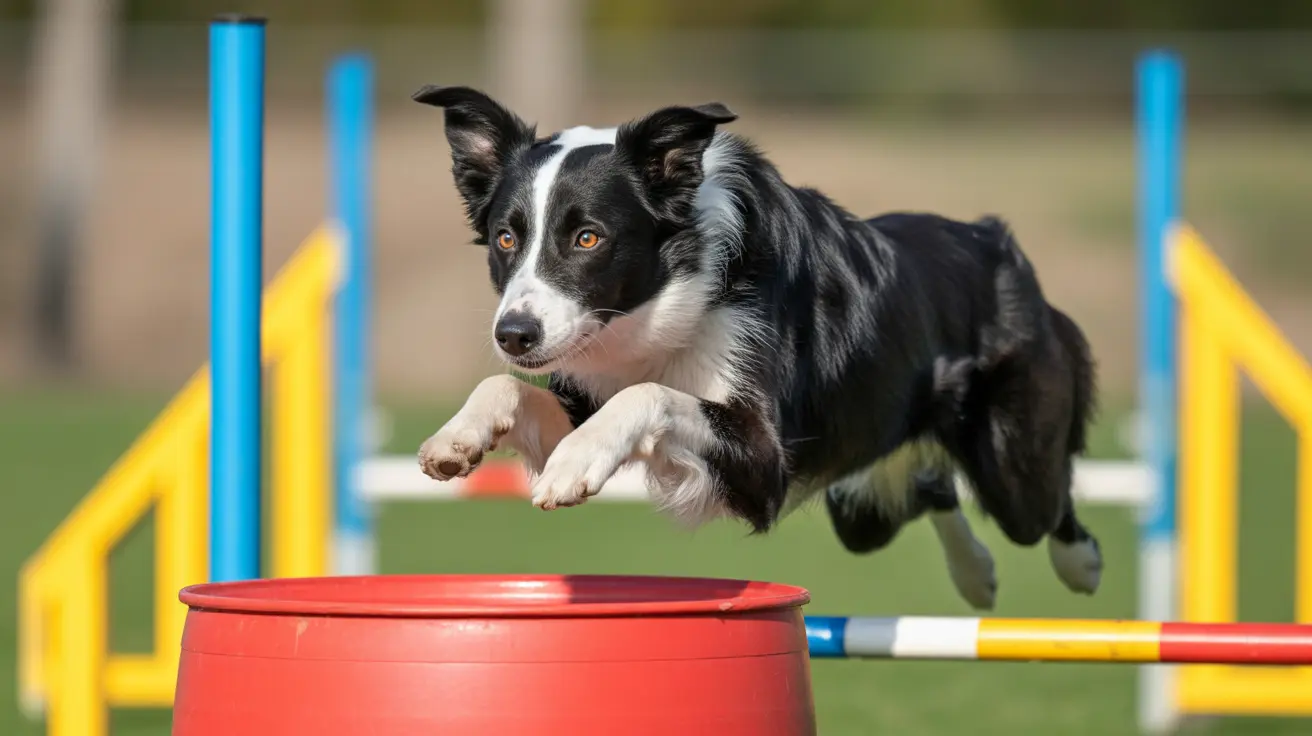When it comes to keeping outdoor dogs warm and comfortable, choosing the right bedding material is crucial. The debate between hay vs straw for dog bedding is common among pet owners, but understanding the key differences can help make the best choice for your four-legged friend's health and comfort.
In this comprehensive guide, we'll explore why straw often emerges as the superior choice for dog bedding and examine the potential risks associated with using hay. We'll also provide practical tips for maintaining proper bedding to ensure your dog stays warm and healthy year-round.
Understanding the Difference Between Straw and Hay
Straw consists of dried, hollow stalks left after grain harvesting. Its hollow structure creates natural air pockets that provide excellent insulation. The material is lightweight, naturally moisture-resistant, and specifically suited for bedding purposes.
Hay, conversely, is made from dried grasses and legumes harvested specifically for animal feed. It's denser, more nutritious, and significantly more prone to moisture retention – characteristics that make it less suitable for bedding.
Why Straw Excels as Dog Bedding
Straw's unique physical properties make it an ideal bedding choice for outdoor dogs:
- Superior insulation capabilities due to hollow stalks
- Natural moisture resistance prevents freezing
- Lightweight and easy to replace
- Cost-effective compared to alternatives
- Less likely to harbor mold and bacteria
The Problems with Hay as Bedding
Despite its availability, hay presents several challenges when used as bedding:
- High moisture retention leading to mold growth
- Attracts pests due to nutritional content
- Can cause allergic reactions in sensitive dogs
- Compresses quickly, reducing insulation properties
- More expensive than straw
Proper Bedding Maintenance
To maximize the benefits of straw bedding, regular maintenance is essential:
- Replace bedding every 1-2 weeks
- Check daily for dampness or soiling
- Add fresh straw as needed to maintain proper depth
- Remove any moldy or compressed material immediately
- Ensure adequate ventilation in the dog's shelter
Alternative Bedding Options
While straw is optimal for outdoor settings, other materials may be suitable depending on your specific situation:
- Pine shavings for warmer weather
- Cedar shavings for pest control
- Specialized outdoor dog bed materials
- Moisture-resistant synthetic options
Frequently Asked Questions
Why is straw better than hay for dog bedding outdoors?
Straw is better because it's hollow, creating air pockets that provide superior insulation. It's also naturally moisture-resistant, lighter, and less likely to promote mold growth compared to hay.
How often should I replace straw bedding for my dog?
Replace straw bedding every 1-2 weeks under normal conditions, or more frequently if it becomes wet or soiled. Regular replacement prevents pest infestations and maintains proper insulation.
What are the health risks of using hay as dog bedding?
Hay can lead to respiratory issues due to mold growth, skin irritations from allergens, and increased risk of hypothermia due to moisture retention. Its nutritional content can also attract unwanted pests.
Can hay be used as a safe and effective alternative to straw for dog bedding?
No, hay is not recommended as a safe alternative to straw for bedding. Its tendency to retain moisture, attract pests, and promote mold growth makes it unsuitable for bedding purposes.
How do I ensure my dog's straw bedding stays dry and warm in wet weather?
Ensure proper shelter with good ventilation and elevation from the ground, regularly check for dampness, replace wet bedding immediately, and maintain adequate depth of fresh straw, especially during wet weather.
Conclusion
When choosing between hay vs straw for dog bedding, straw clearly emerges as the superior option for outdoor dogs. Its natural insulating properties, moisture resistance, and cost-effectiveness make it the ideal choice for keeping your dog comfortable and healthy in outdoor settings. Remember to maintain the bedding properly and replace it regularly to ensure your dog's continued comfort and well-being.






